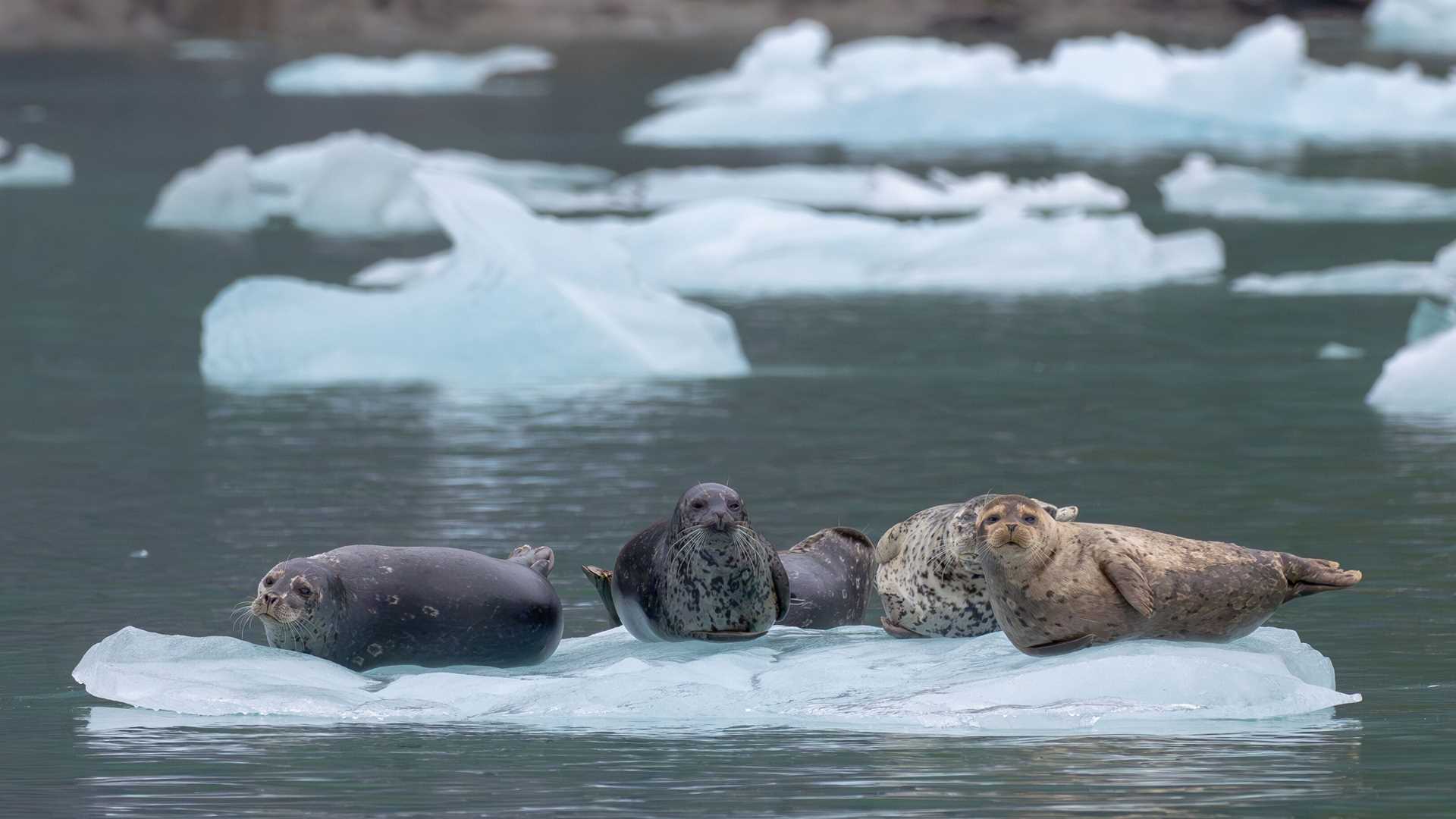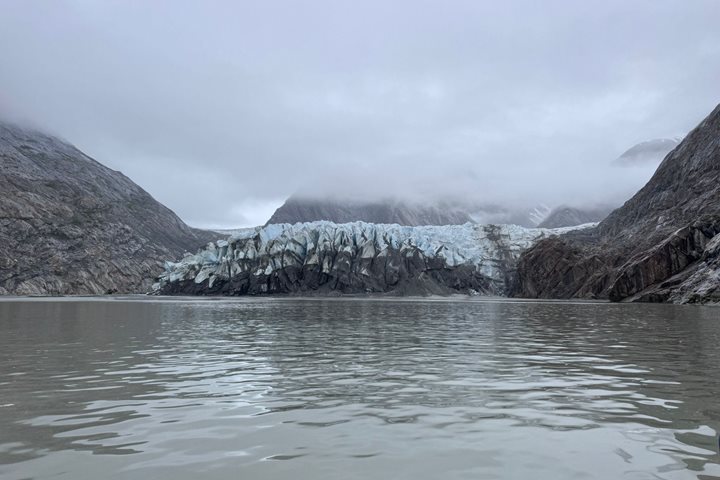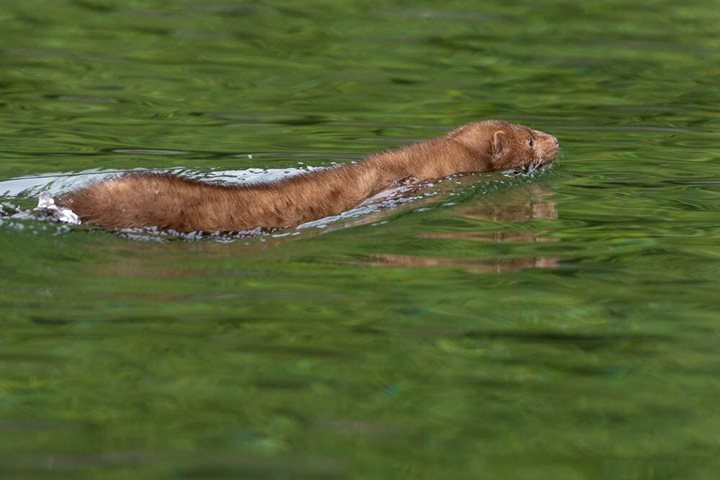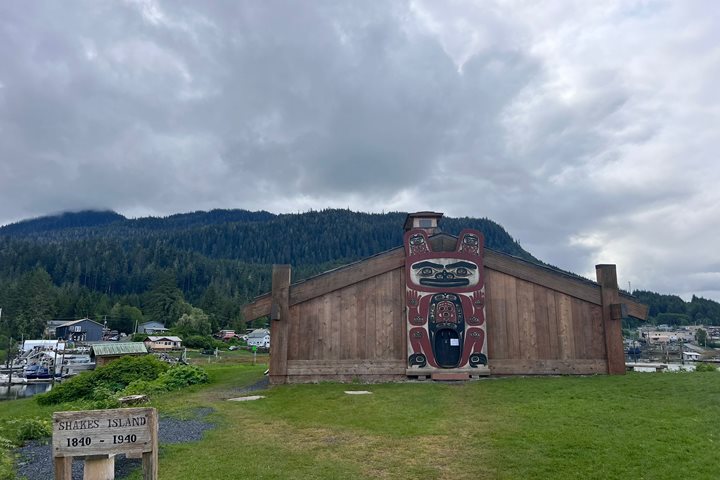We could not have asked for a better way to end the expedition. Our last day was amazing! Visiting Dawes Glacier in Endicott Arm was a highlight with its crystal-blue ice and resting harbor seals floating by on the ice. In the evening, we even got to see a couple of humpback whales off the bow of the ship. We ended the day by watching images of the beautiful moments created on our expedition during the famed guest photo slideshow.
Call +1.800.397.3348 or contact your travel advisor







